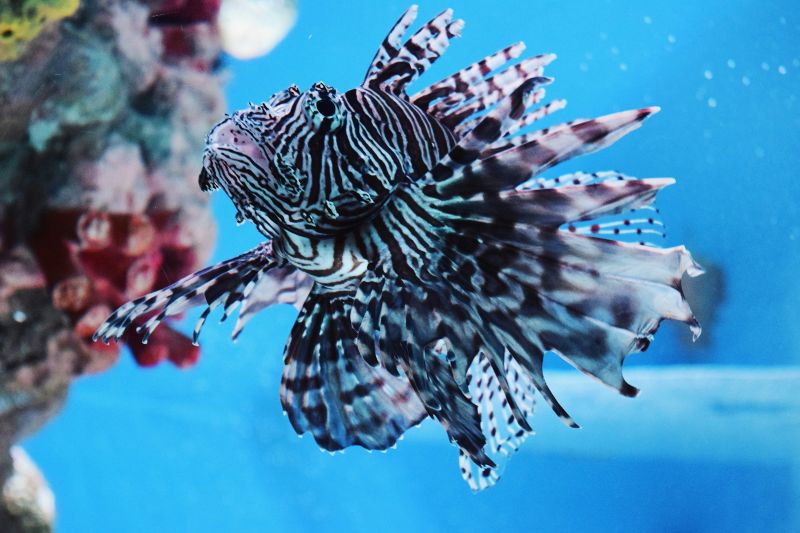On April 7, HII announced the delivery of first two Lionfish small uncrewed undersea vehicles (SUUVs) to the U.S. Navy under a program that could scale to 200 vehicles, with a contract value exceeding $347 million.
Lionfish is based on HII’s REMUS 300 platform, a modular, open-architecture SUUV engineered for multi-mission adaptability and the program was developed in collaboration with the U.S. Navy and Defense Innovation Unit (DIU), to accelerate the adoption of dual-use commercial technologies into U.S. Department of Defense programs.
The program has been recognized as the U.S. Navy’s first transition from an other transaction prototype to full-scale production. The Lionfish SUUV is the first, and only, cyber-compliant uncrewed underwater vehicle.
“This delivery represents a key milestone in the Lionfish program,” said Duane Fotheringham, president of Mission Technologies’ Uncrewed Systems business group. “The success and on-time delivery of Lionfish is the product of close collaboration between the government and industry team that will put a critical mine hunting capability in the hands of sailors and marines in an operationally relevant time frame.”
HII was awarded the U.S. Navy’s Lionfish system program contract in 2023, and production of the Lionfish is underway at HII’s Uncrewed Systems facility in Pocasset.
The U.S. Navy’s selection of REMUS 300 underscores confidence in the REMUS’s field-proven performance and its adaptability to dynamic mission profiles. Lionfish is designed to address critical undersea warfare needs, including mine countermeasures, intelligence, surveillance, and reconnaissance (ISR), anti-submarine warfare, and electronic warfare.
The REMUS UUV family delivers critical advantages across modern naval operations and the autonomous systems have been proven to operate independently or in conjunction with crewed platforms — such as Virginia-class nuclear submarines — to extend mission range, reduce detection risk, and limit personnel exposure.
The REMUS open-architecture design allows rapid payload integration, enabling mission-specific configurations and future tech insertions — key factors in maintaining operational relevance and cost efficiency over time.
Source: HII
Stay in the know with breaking news from across the IC and IC contracting landscape by becoming a paid subscriber to IC News. Your support makes our work possible.









